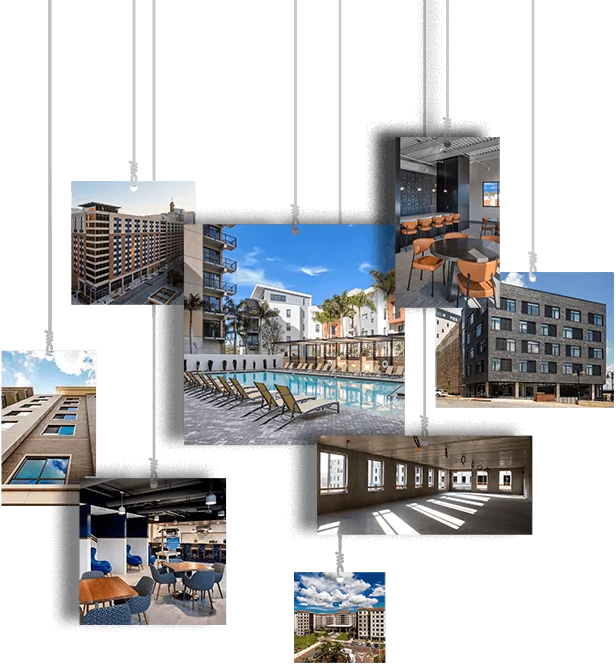Sustainability
Sustainability
Sustainable From the Start
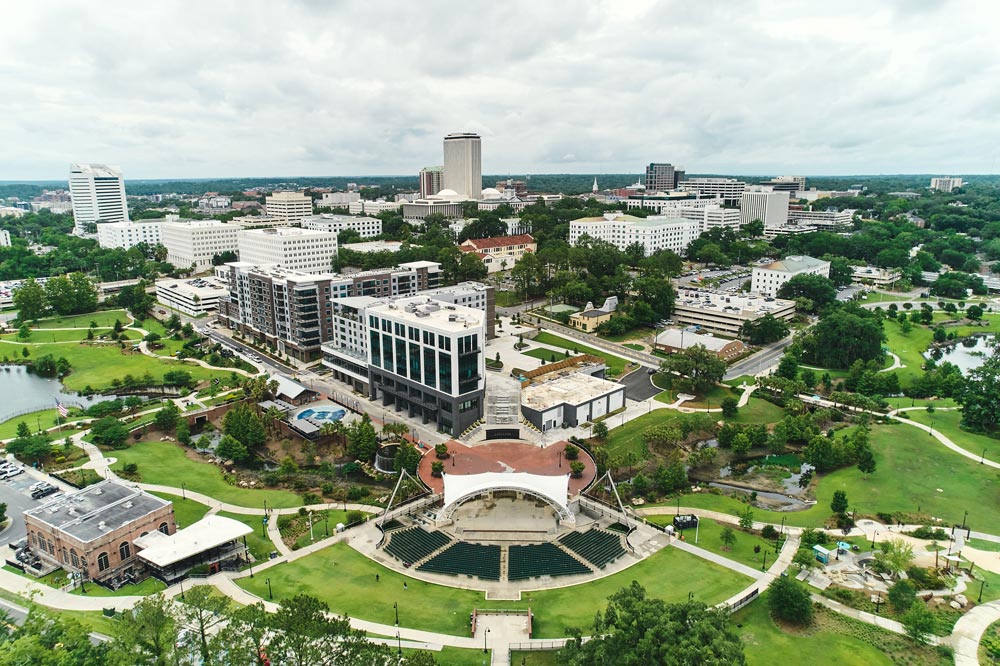
Sustainability is critical for our future. It’s the only way for a company, an industry, a society, or a planet to endure. It means making the resources we have last and keeping the environment that sustains us strong. It’s about efficiency and responsibility.
Shockey Precast provides precast, prestressed concrete building systems that are sustainable both during construction and once the building is in use. By using recycled and local materials, minimizing waste, and maximizing thermal efficiency, we produce buildings that meet or exceed standards such as Energy Star, LEED®, Green GlobesTM, and ASHRAE. Sustainable construction both preserves resources and reduces operating costs.
With carefully selected materials, thoughtfully planned processes, and mindful design, Shockey Precast works to minimize the embodied energy of every project. The end result is a building that is erected more sustainably and can be used more efficiently than its traditionally built counterparts.
The typical total precast building solution contains 25% to 35% recycled content, with post-consumer content accounting for between 20 and 25% and pre-consumer content accounting for between 5 and 10%.
Offsite Manufacturing & Minimal Waste
Shockey Precast’s sustainable construction makes use of precast concrete building systems that have been manufactured in a controlled environment. This minimizes waste and reduces noise and dust on the construction site. Our projects typically produce only 2% waste. Of that waste, 95% is reclaimed or recycled.

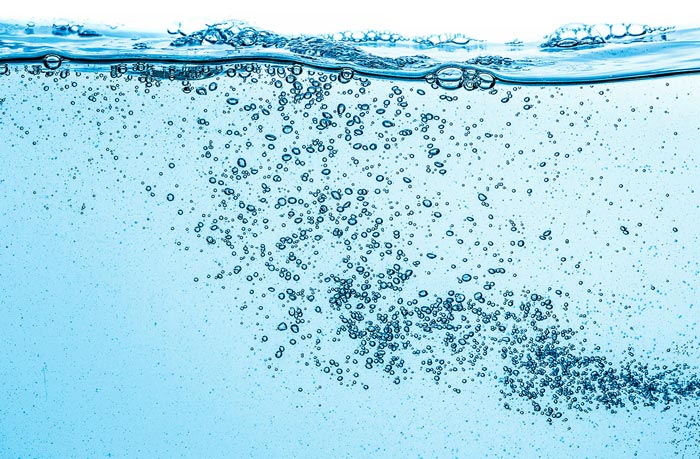
Water Recycling & Aggregate Reclaiming
Many concrete manufacturers recycle concrete slurry water and reclaim aggregates. Shockey Precast is associated with one of the largest recycling and reclaiming processes in the world, Metromont’s manufacturing facilities in Greenville, Hiram, Richmond, and Florida. A single plant in that operation recycles 6.3 million gallons of water per year, preserving the water supply and decreasing water costs by over 70%.
Local & Regional Materials
Shockey Precast uses local and regional materials. In a typical project, 80% to 90% of all materials are extracted and manufactured within 500 miles of the project site. By keeping this radius tight, we reduce the amount of resources used in delivery.

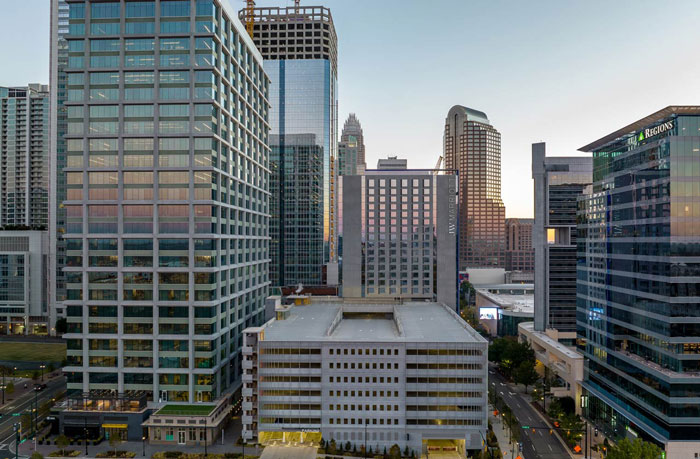
Reduced Materials
Integrated design means a lower volume of materials are consumed in construction. By using thin brick, for example, a project will see considerable material savings; full bed depth brick uses five times the raw material of thin brick. In another example, non-corrosive C-GRID® carbon fiber can reduce weight by 8% when used for reinforcement. In addition, because precast wall panels can carry a significant load, there’s no need for perimeter steel columns and fire proofing. Overall, integrated design is more sustainable, more durable, and more cost-effective than traditional construction. At the same time, Shockey Precast offers a wide range of architectural elements and finishes, so there is no need to compromise on aesthetics.
Materials with Recycled Content
Sustainable construction with precast concrete uses a variety of recycled content. Rebar, steel mesh, form liners, insulation, and fly ash can all be used in precast concrete. As part of our commitment to sustainability, Shockey Precast uses a significant amount of fly ash in our structural products where allowed by building specifications.
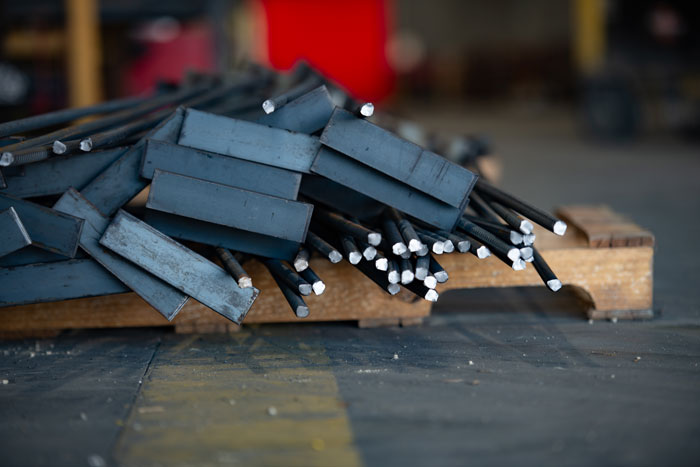
Sustainable Construction: The Bottom Line
A building owner may choose sustainable construction because it is required by codes, because of the good optics, or simply out of concern for the environment. Whatever the reasons, most individuals and organizations appreciate the cost savings that come with sustainability during construction and while the building is in use. Because precast concrete stores energy and insulates well, there can be significant long-term energy savings throughout a building’s life. Here are some of the cost benefits:
- Less energy is required for heating and cooling.
- Less money is needed for HVAC equipment.
- The lag in peak demand means more off-peak energy is used.
Let's Discuss Your Project
We’d love to discuss your project and show you how Shockey Precast can give you an edge in design, materials, schedule, and budget. Contact us today to get the conversation started.
